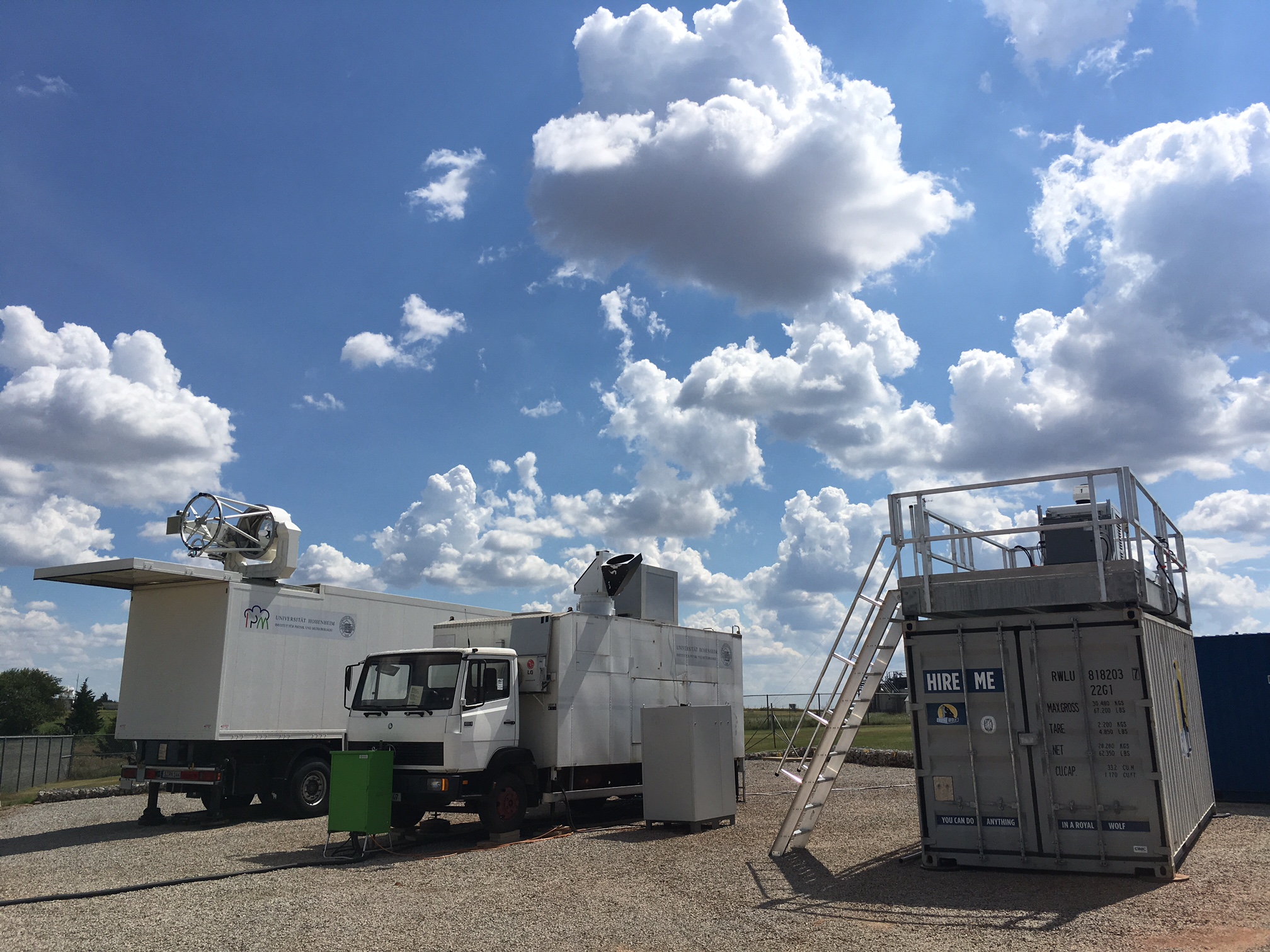Share Your Ideas on Growing LASSO Part 5: Clear-Air Turbulence
Published: 19 December 2018
Editor’s note: William Gustafson, principal investigator for the Large-Eddy Simulation (LES) ARM Symbiotic Simulation and Observation (LASSO) workflow, sent in this update.

Large-eddy simulation (LES) has a long history of being used to simulate clear-air turbulence (i.e., dry convection) in the planetary boundary layer. Would this be a beneficial mode of expansion for the Atmospheric Radiation Measurement (ARM) user facility’s LASSO workflow?
When ARM deploys suites of instruments, be it at one of its fixed-location atmospheric observatories or for a mobile or aerial field campaign, turbulence and related measurements are always a high priority. Turbulent eddies are important for transferring heat and moisture from the land into the atmosphere. Changes in the turbulent structure throughout the day and night lead to a variety of interesting and climatologically important changes in the atmosphere. For example, the decay of turbulent eddies as day transitions to night ultimately leads to a decoupling of the atmosphere from the land surface, which in turn allows the Coriolis force to accelerate the air and form low-level jets.
Another interesting process involving clear-air turbulence includes how surface heterogeneity leads to different surface flux characteristics and altered boundary layer characteristics across a region. This was the topic of a recent field campaign called the Land-Atmosphere Feedback Experiment (LAFE) at ARM’s Southern Great Plains atmospheric observatory. Scientifically, the stable boundary layer is also of great interest, yet we are unable to accurately simulate it, which makes it a hot topic for improving boundary layer parameterizations in climate and weather models.
Questions to Consider
If ARM were to select clear-air turbulence as the topic for the next phase of LASSO, what particular science questions would be the highest priority? What types of simulations would be the most effective for moving the related science forward? What existing observations should be packaged into the LASSO data bundles to complement the LES (e.g., Doppler lidar vertical velocities)? What new observations should be taken that would fill data voids? We want to know what you think and why.
Depending on which aspect of turbulence were to be implemented, there would be important implications for the model configuration. For example, simulating the collapse of the boundary layer during the evening transition would require higher resolution than the 100-meter grid spacing used within LASSO for shallow convection. An even higher resolution would be needed if we were to attempt modeling more stable conditions in the Arctic.
Give Us Your Feedback
As mentioned in the previous posts in this series, we want to start an online discussion to gauge user enthusiasm for various expansion scenarios and identify others to consider for implementation.
Contribute your thoughts on clear-air turbulence scenarios via posting in the accompanying GitHub “issue” on this topic. Find topics for other expansion categories in the GitHub repository or the other entries in this blog series.
Community input is critical for motivating the next phase!
Expansion Decision Process
This is the last posting in the expansion blog series on specific expansion categories. ARM and LASSO leadership are starting the process of soliciting white papers and organizing the different possibilities for discussion at a workshop in spring 2019. More information will follow on how to submit a white paper if you are so inclined. Join and keep an eye on the LASSO email distribution list for announcements.
Keep up with the Atmospheric Observer
Updates on ARM news, events, and opportunities delivered to your inbox
ARM User Profile
ARM welcomes users from all institutions and nations. A free ARM user account is needed to access ARM data.


















